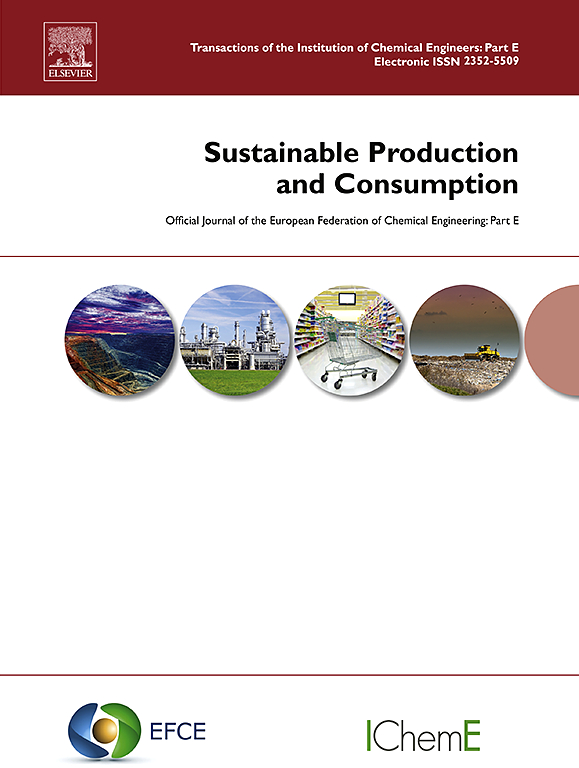The economic catch-up of developing countries has mitigated inter-country carbon inequality
IF 9.6
1区 环境科学与生态学
Q1 ENVIRONMENTAL STUDIES
引用次数: 0
Abstract
The rapid economic development in developing countries helps to achieve the United Nations's sustainable development goals (SDGs) of reducing inequality. However, the relatively high carbon intensity in these countries raises concerns about carbon mitigation, another SDGs. This poses challenges for the synergy between the two SDGs of reducing inequality and carbon emissions. Based an environmental extended multi-regional input-output model, we analyzed the differences in production-, consumption-, and income-based emissions between different income country groups, as well as the global Gini coefficients of production-, consumption-, and income-based emission, to provide insights for understanding the inter-country carbon inequality in a full supply chain perspective. The results show that the inter-country carbon inequality continued to decline during 2007–2017, especially in 2011–2014, the global Gini coefficient of production-based carbon emissions decreased from 0.54 to 0.50, while the Gini coefficients of consumption- and income-based emissions were always greater than that of production-based emissions. In addition, many high-income countries are not only net importers of embodied emissions, but also net exporters of value added. Finally, this study indicated that the middle-income countries represented by China were the main contributors to curb the growth of global carbon emissions during 2014–2017.
发展中国家的经济赶超缓解了国家间的碳不平等
发展中国家经济的快速发展有助于实现联合国减少不平等的可持续发展目标(SDGs)。然而,这些国家相对较高的碳强度引发了对另一个可持续发展目标——碳减排的担忧。这对减少不平等和碳排放这两个可持续发展目标之间的协同作用提出了挑战。基于环境扩展的多区域投入产出模型,我们分析了不同收入国家群体之间基于生产、消费和收入的排放差异,以及基于生产、消费和收入的排放的全球基尼系数,为从全供应链角度理解国家间碳不平等提供见解。结果表明:2007-2017年,国家间碳不平等持续下降,尤其是2011-2014年,全球基于生产的碳排放基尼系数从0.54降至0.50,而基于消费和收入的碳排放基尼系数始终大于基于生产的碳排放基尼系数。此外,许多高收入国家不仅是隐含排放量的净进口国,也是增加值的净出口国。最后,本研究表明,以中国为代表的中等收入国家是2014-2017年抑制全球碳排放增长的主要贡献者。
本文章由计算机程序翻译,如有差异,请以英文原文为准。
求助全文
约1分钟内获得全文
求助全文
来源期刊

Sustainable Production and Consumption
Environmental Science-Environmental Engineering
CiteScore
17.40
自引率
7.40%
发文量
389
审稿时长
13 days
期刊介绍:
Sustainable production and consumption refers to the production and utilization of goods and services in a way that benefits society, is economically viable, and has minimal environmental impact throughout its entire lifespan. Our journal is dedicated to publishing top-notch interdisciplinary research and practical studies in this emerging field. We take a distinctive approach by examining the interplay between technology, consumption patterns, and policy to identify sustainable solutions for both production and consumption systems.
 求助内容:
求助内容: 应助结果提醒方式:
应助结果提醒方式:


